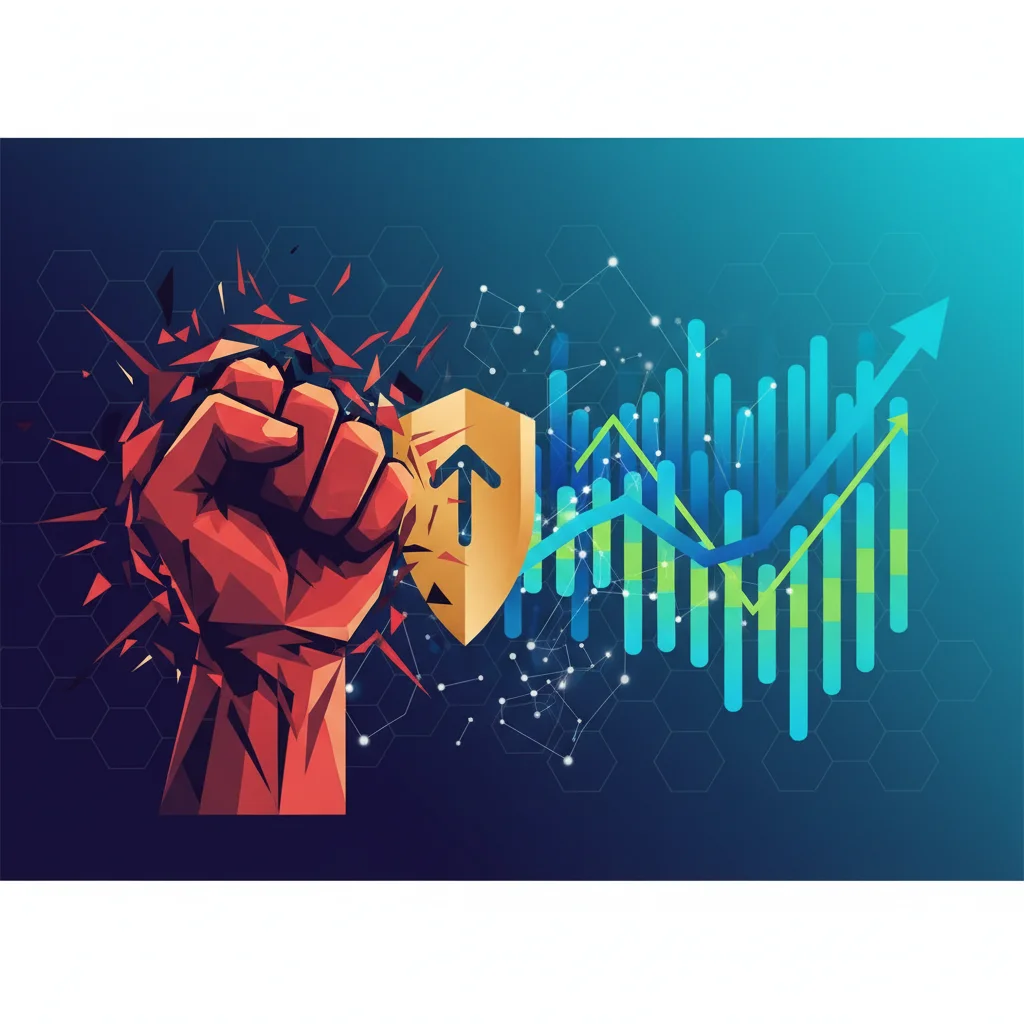
Political Risk and Your Portfolio: A Data-Driven Look at Antifa and the Economy
Navigating the Noise: Political Rhetoric vs. Economic Reality
In today’s hyper-connected world, headlines can move markets in an instant. A single tweet or a breaking news alert can send shockwaves through the stock market, forcing investors and business leaders to react. Recently, few terms have been as politically charged or as capable of sparking debate as “Antifa.” Labeled by some political figures as a “terrorist” organization and a grave threat to national security, the narrative surrounding this movement has significant implications. But for those in finance, investing, and business, the crucial task is to look beyond the rhetoric, analyze the data, and understand the real-world impact on the economy.
Just as a savvy investor scrutinizes a company’s fundamentals rather than just its marketing hype, a clear-eyed assessment of political movements like Antifa is essential for understanding modern political risk. This isn’t about taking a political side; it’s about applying the principles of sound analysis to a complex social phenomenon that has tangible economic consequences. What is the reality of this movement, and how does it—and the reaction to it—affect the financial landscape?
Deconstructing the “Company”: What Exactly is Antifa?
Before assessing its market impact, we must first understand the “asset” itself. Unlike a corporation with a CEO, a board of directors, and a clear organizational chart, Antifa is not a singular entity. The term, short for “anti-fascist,” represents a decentralized, leaderless political movement. It’s a collection of autonomous local groups and individuals who share a common ideology: opposing what they identify as fascist, racist, and far-right movements.
This decentralized structure is a critical point. There is no headquarters, no official membership roster, and no unified command. This makes it fundamentally different from formally structured organizations. The label of “terrorist organization” is therefore complex, as it is typically applied to groups with clear leadership and hierarchical structures. From a risk analysis perspective, this amorphous nature makes it difficult to track, predict, and contain, presenting a different kind of challenge than a traditional state or non-state actor.
A Data-Driven Approach to Political Violence
In the world of trading and investing, decisions based on emotion and narrative rarely outperform those based on hard data. The same principle applies here. The political narrative has painted a picture of a rising “left-wing terror threat.” However, data from objective sources offers a more nuanced perspective.
A 2020 report from the Center for Strategic and International Studies (CSIS) analyzed politically motivated attacks and plots in the United States. The findings revealed that over the preceding 25 years, the vast majority of such incidents were perpetrated by far-right extremists, not far-left groups. While violence associated with Antifa-aligned protestors at demonstrations does occur—often in direct confrontation with far-right groups—the data suggests that the strategic, planned threats of large-scale violence predominantly originate from other sources.
For an investor or a business leader, this is a crucial distinction. It helps in accurately calibrating risk models. Misattributing the primary source of domestic political instability can lead to misallocated resources and a flawed understanding of the true threats to business continuity and the broader economy.
Economic Ripple Effects: From Civil Unrest to Market Volatility
Regardless of the source, civil unrest has undeniable economic consequences. Protests, riots, and clashes can lead to property damage, business closures, and supply chain disruptions. These events create an environment of uncertainty, which is poison to economic growth and investor confidence. The costs are borne by insurers, local businesses, and taxpayers, creating ripples that can be felt far beyond the immediate location of the unrest.
This instability directly impacts the stock market. Markets despise uncertainty. Widespread social unrest can lead to sell-offs, increased volatility (as measured by indicators like the VIX), and a “flight to safety” where investors pull money from equities and move it into less risky assets like government bonds. Understanding the drivers of this unrest is therefore a key component of modern economics and financial forecasting.
A Lesson in Decentralization? Antifa, Blockchain, and Modern Movements
The decentralized, network-based structure of Antifa offers a fascinating, if unconventional, parallel to some of the most disruptive trends in financial technology. The rise of blockchain and decentralized finance (DeFi) is built on the idea of distributed networks without a central point of control. These systems are resilient precisely because there is no single leader to target or single server to shut down.
Similarly, movements like Antifa operate as a network of nodes. This ideological alignment allows for rapid, organic mobilization using modern communication tools, often outside the purview of traditional organizational structures. This poses a significant challenge to conventional methods of monitoring and regulation. It also highlights how technology—a cornerstone of the fintech revolution—is fundamentally changing the way social and political


